When a customer walks in to the Saltwater Edge to buy a fly fishing set up, they have typically done some rudimentary research, but likely do not feel confident choosing a fly line on their own. They often know about how much they would like to spend, a particular brand they have heard about or what their grandfather used to swear by, but that’s about it. It doesn’t take much time to understand the benefits of a sealed fly reel, a fast action rod and a great warranty. However, to the novice fly fisherman, lines are a mystery. And, honestly, fly lines are pretty confusing... there are a slew of acronyms, categories, and an endless array of colors, hyped up “proprietary technologies” and some damn good marketing on those pretty boxes. However when you really tear it down to the absolute bare bones there are only a few options to consider.
Choosing a Saltwater Fly Line:
Does the line float? Does it sink? How quickly does it sink? What weight is the fly line? Is it a cold water or warm water line? That’s pretty much it if you ask me...
I can even answer two of those questions before we even get into the nitty gritty! We are going to discuss saltwater fly lines for right here in New England so you will certainly want a line rated for cold water. Also as a general rule you will want the weight label on the fly line to match that of the weight rating of your rod. If you have a 9ft 9wt you should almost always buy a 9wt line. There are some exceptions to that rule and if you want to discuss them further please give us a call down at the shop. We would be happy to help you understand the further complexities of line weight.
Intermediate Fly Lines:
In my opinion, almost every saltwater fly fisherman in New England can do 80% of their fishing effectively and enjoyably with an intermediate fly line. They are easy to cast, slice through the wind for added distance and accuracy when its blowing, and get the fly into the feeding zone of the water column quickly.
Those transitioning from freshwater to saltwater fly rodding may be very accustomed to a floating line as rivers are typically shallow and both weights and weighted flies are used to get to the feeding zone. Saltwater however, is almost always a deeper game. Sure, there are times when saltwater fish will eat topwater flies… and it is just as amazing as a trout eating a dry fly. Yet, in the grand scheme of things, it’s rare.
An intermediate line makes it easy. They sink slowly around 1-½ inches per second. If you fish from shore whether it be on open beaches, from rocks or jetties or from a boat or a kayak an intermediate line does it all.
If you are a beginner or even just not a very strong caster I would recommend a heavily front loaded intermediate line. Meaning, most of the weight in the line which is traditionally concentrated in the front 40-feet of the line is pushed even further towards the tip. Examples of these lines would be RIO Outbound Short, Scientific Anglers Sonar Titan Taper or Rio Coastal Quickshooter XP. Because of the heavy front loading in these lines, they are very easy to cast, load up almost all modern rods effectively and “turn over” (cast with a proper loop) any fly from a Clouser Minnow to a giant menhaden or squid fly. You are trading power/ line speed for accuracy and delicacy with these designs.

Floating Fly Lines:
Floating line is a more specific tool used for a handful of situations here in the northeast. Floating fly line obviously floats, it often struggles to punch through wind but some modern tapers and heavier grain weights can offset some of that difficulty. However it also presents unweighted flies and top water (floating) flies perfectly. If your saltwater fly fishing goals include sight fishing on the flats, fishing in upper estuaries and creeks or catching fish on poppers, then a floating line will serve you perfectly.

When it comes to the types of floating lines you will want to make sure that if you are going to focus on flats fishing, you select a line with a gentle taper. If you were to cast a super front loaded line like the Outbound Short I mentioned above, you are likely to spook off fish with the impact of the fly line on the water. You should instead get your hands on a more gentle or moderate taper such as an Airflo Cold Salt fly line. This line will have enough power to deal with wind but not too much weight to sacrifice presentation.

Sinking Fly Lines
Sinking lines are an even more specific tool than floating lines and are delineated via a couple of “sink specific” categories. If you are going to do most of your fishing from a boat, kayak or from shore into very strong current or very deep water (some areas in New England you can cast right into 50-100 ft of water from the rocks) then a sinking line is a great tool to have in your quiver. These lines are broken down into full sink or sink tip lines, meaning either the entire length of the line (approx 90-100ft) sinks or just the front section (typically 30ft or 15ft) sinks and the rest of the line (called the running line) is intermediate or floating. The 30 ft sink tip line is most common in the New England salt.
These lines are often rated by grain weight rather than typical numbered line weights. These ratings are optimized to the weight required to load and unload a fly rod when casting and can be seen as pretty consistent across brands and line types. The standard grain weight ratings follow this table:
150 grains = 5/6wt
200 grains = 6/7wt
250 grains = 7/8wt
300 grains = 8/9wt
350 grains = 9/10wt
400 grains = 10/11wt
450 grains = 11/12wt
500+ grains = 12wt+
A great sink tip line would be the Rio InTouch Striper Sink Tip line, it has a 30ft section of sinking line and approx 60ft of intermediate running line. When it comes to full sink lines...The Orvis Pro Depth Charge is 30ft of heavy sink, 20ft of lighter sink and approx 40ft of fast intermediate running line. On the other hand Scientific Anglers Triple Density fly line tapers its sink rates (sink 3 --> sink 5 --> sink 7) through the line for an improved connection to the fly. Those numbers give an approximation of inches per second the line will sink. This line gives you the feel of a casting a lighter, easier to manage fly line while providing you with significant sinking power. It is probably our shop favorite sinking line.

(Scientific Anglers Triple Density taper chart) Courtesy SA
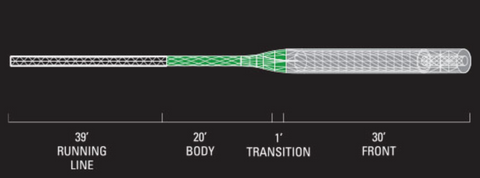
These lines do take some getting used to and require a lot of practice to create a tight, controllable loop. However, once you are able to cast one they give you access to a portion of the water column that can be the key to a successful outing. It is no secret that the largest Striped Bass in a school are often found towards the bottom and that it can often be a real advantage to sink quickly. If you fish from a jetty or in an inlet with deep fast moving water, a sinking line is crucial to get your fly down through the current and into the feeding zone. However, if you are fishing on an open beach where you can maybe cast to water 5ft deep or in shallow estuaries and bays you are going to be dragging bottom and snagging flies endlessly on the seabed.

Pic Courtesy of Colin Cournoyer: Powerful Current in a Martha's Vineyard inlet
If you are just learning to fly fish or just getting into the saltwater fly game make sure to break down the fly line question into the most basic parts. Focus on the areas you will be fishing, that areas depth, its current and the best way to present a fly there. Don't be afraid to ask questions and try new lines. Keep in mind that most quality saltwater reels have spare spools available. So while you may start with an intermediate line in a lot of cases you do have access to alternatives as conditions or location change by carrying a spare spool. As a beginner do not worry about how far you will be able to cast a particular line or what line someone on social media says is the best line ever. Ask to try a fly line if a shop as a demo available and experiment with lines to improve your game.
Please reach out if we can be of further assistance. We are here to help you make the most of your time on the water.
Tight Lines!




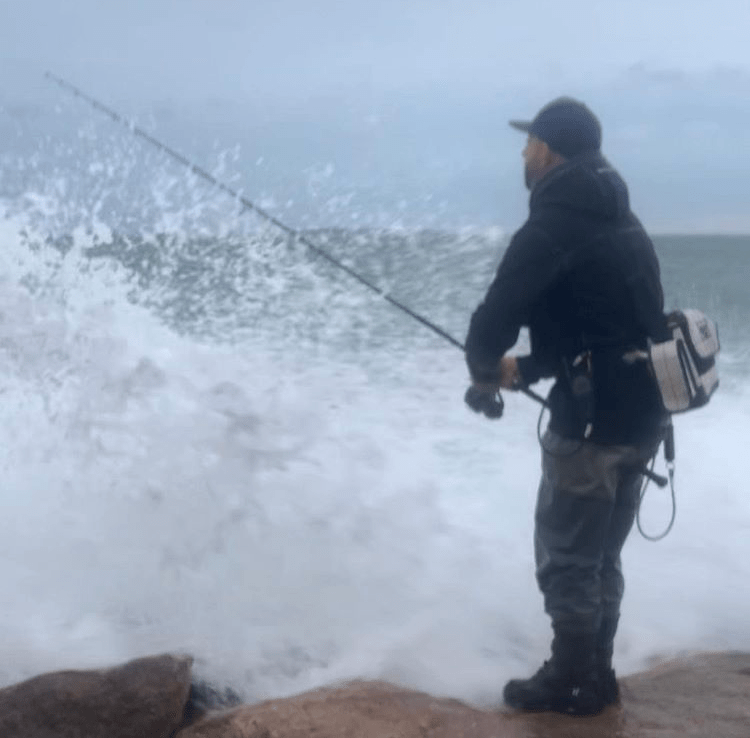

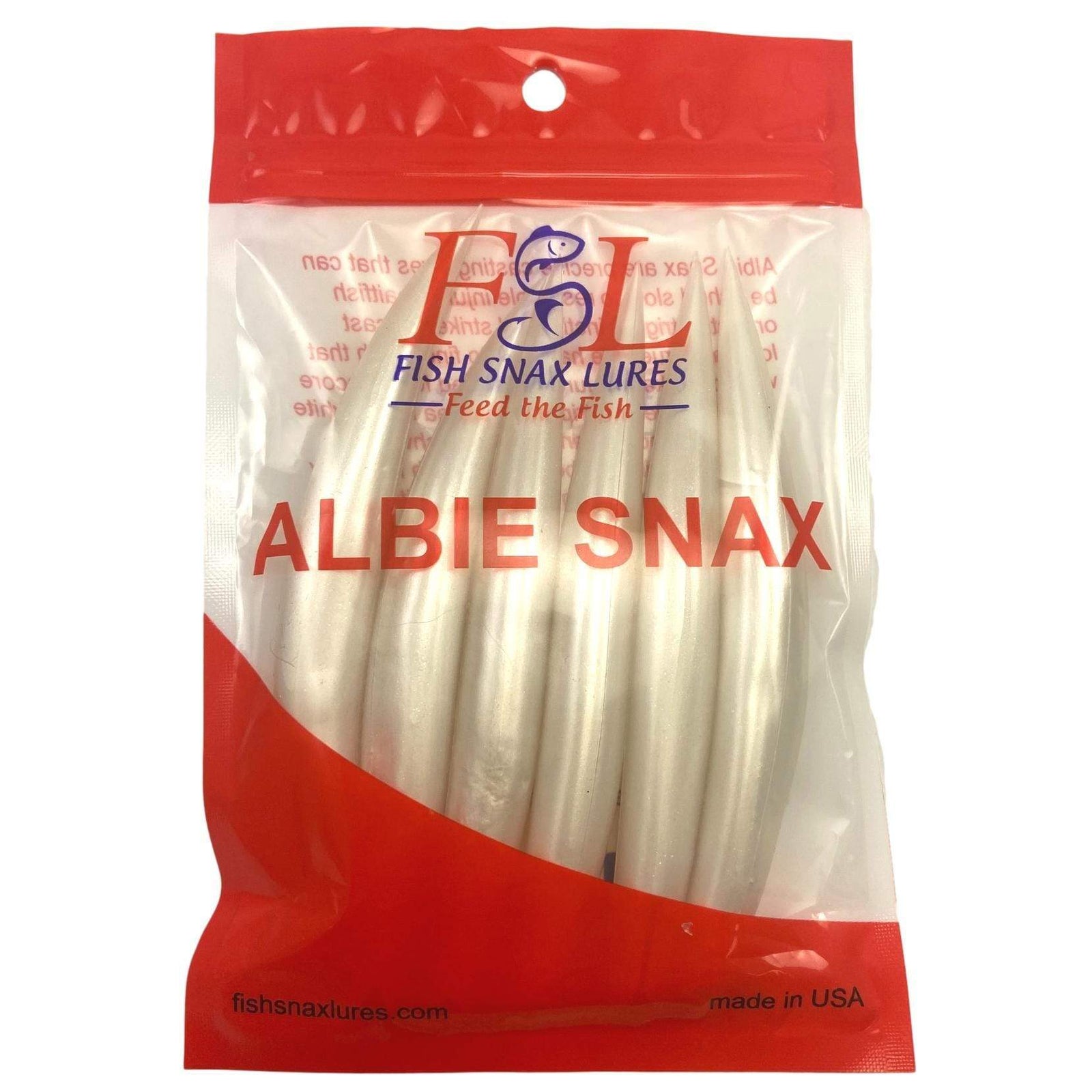

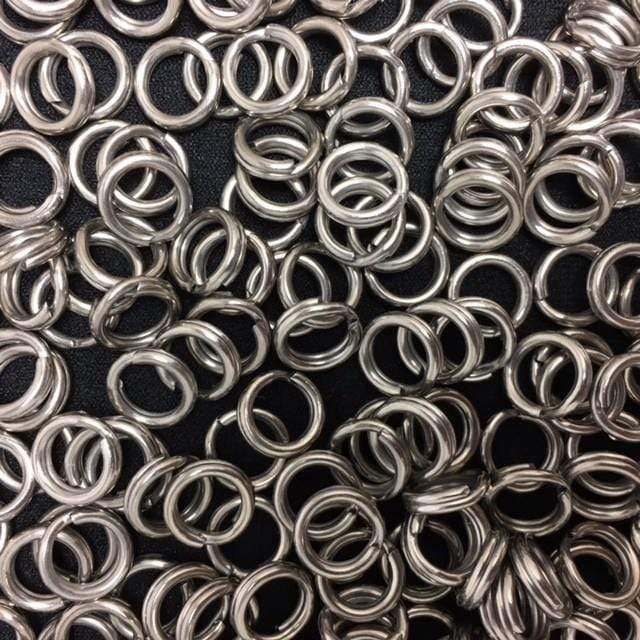
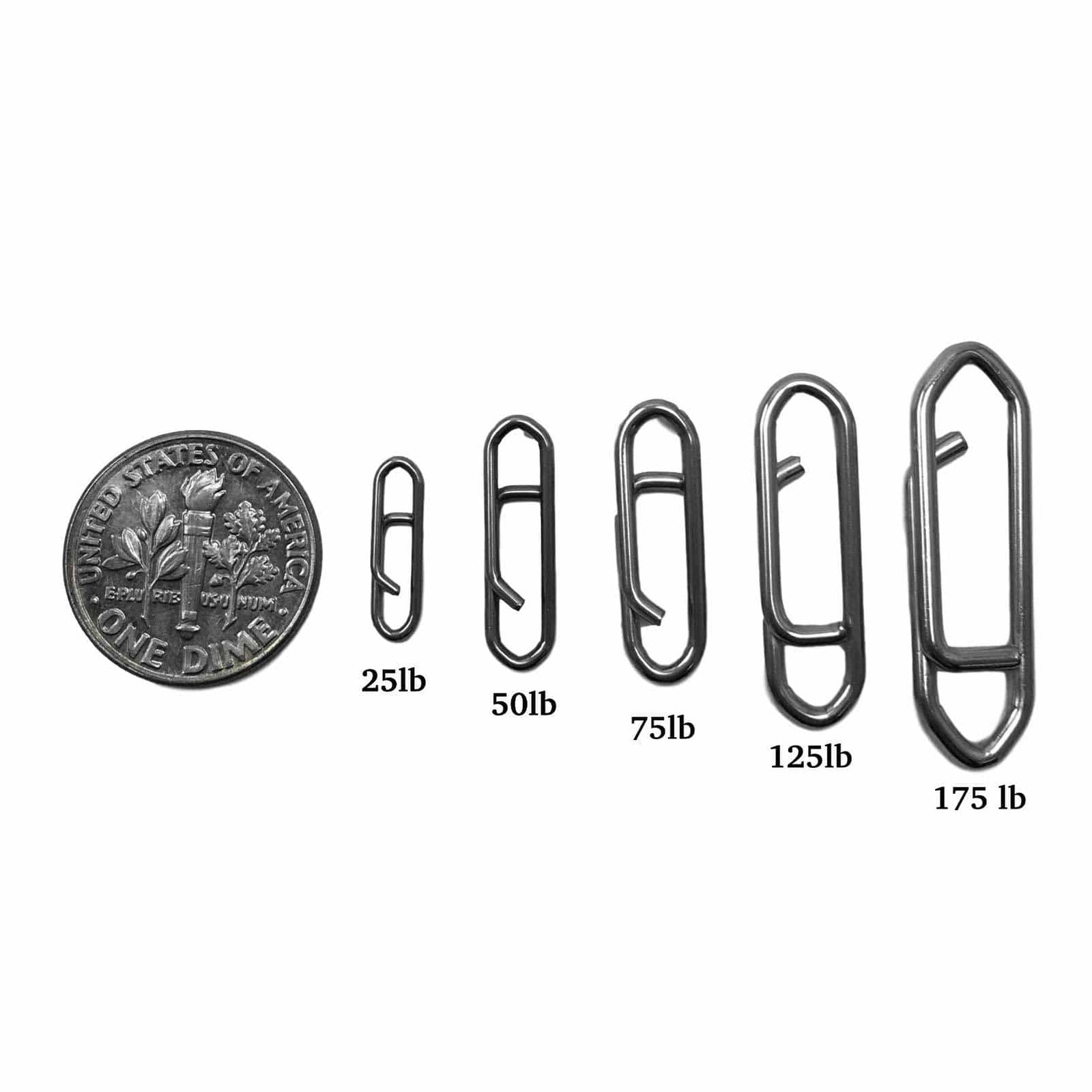

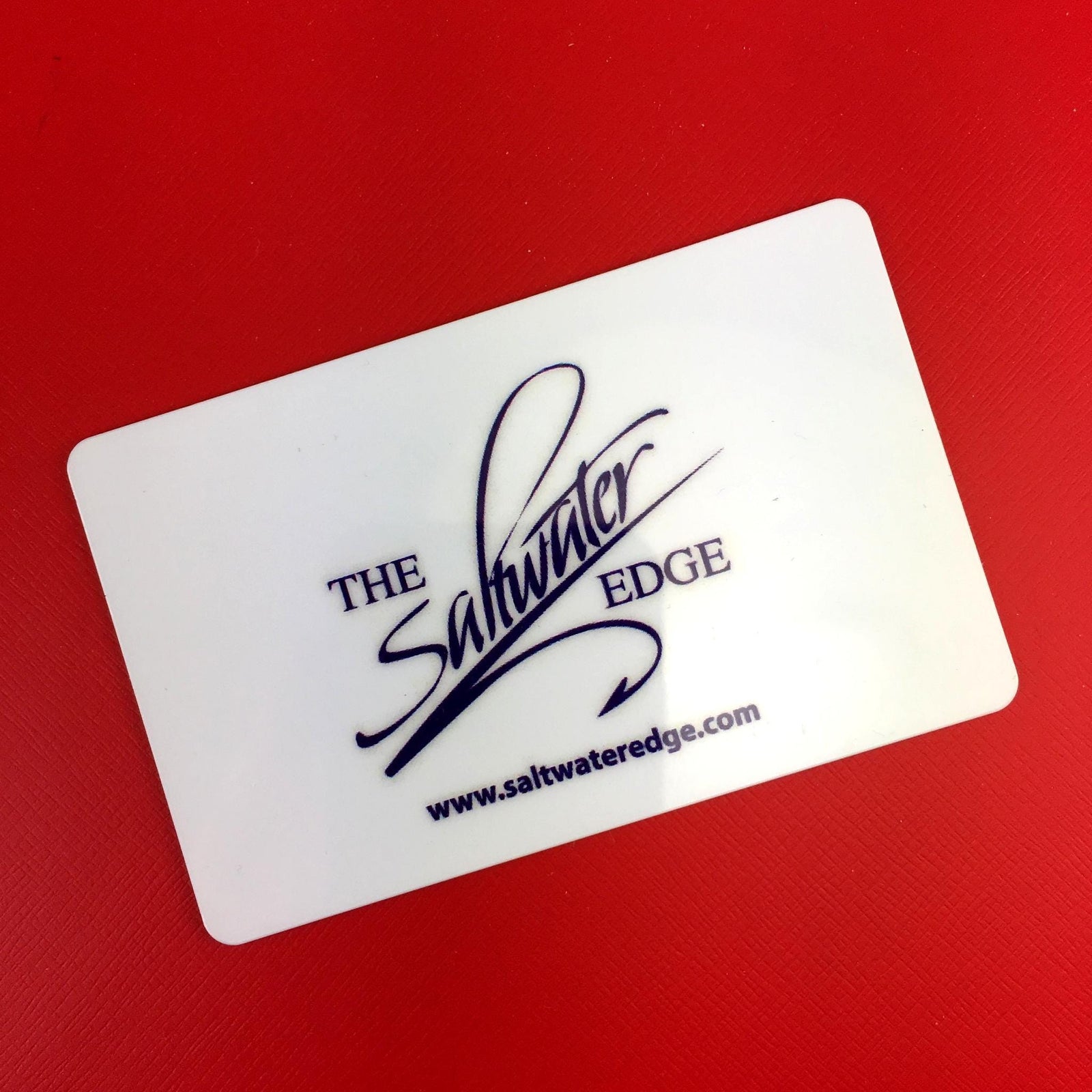
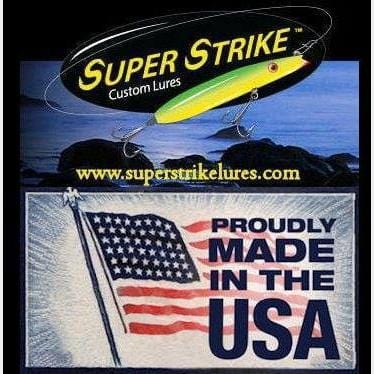

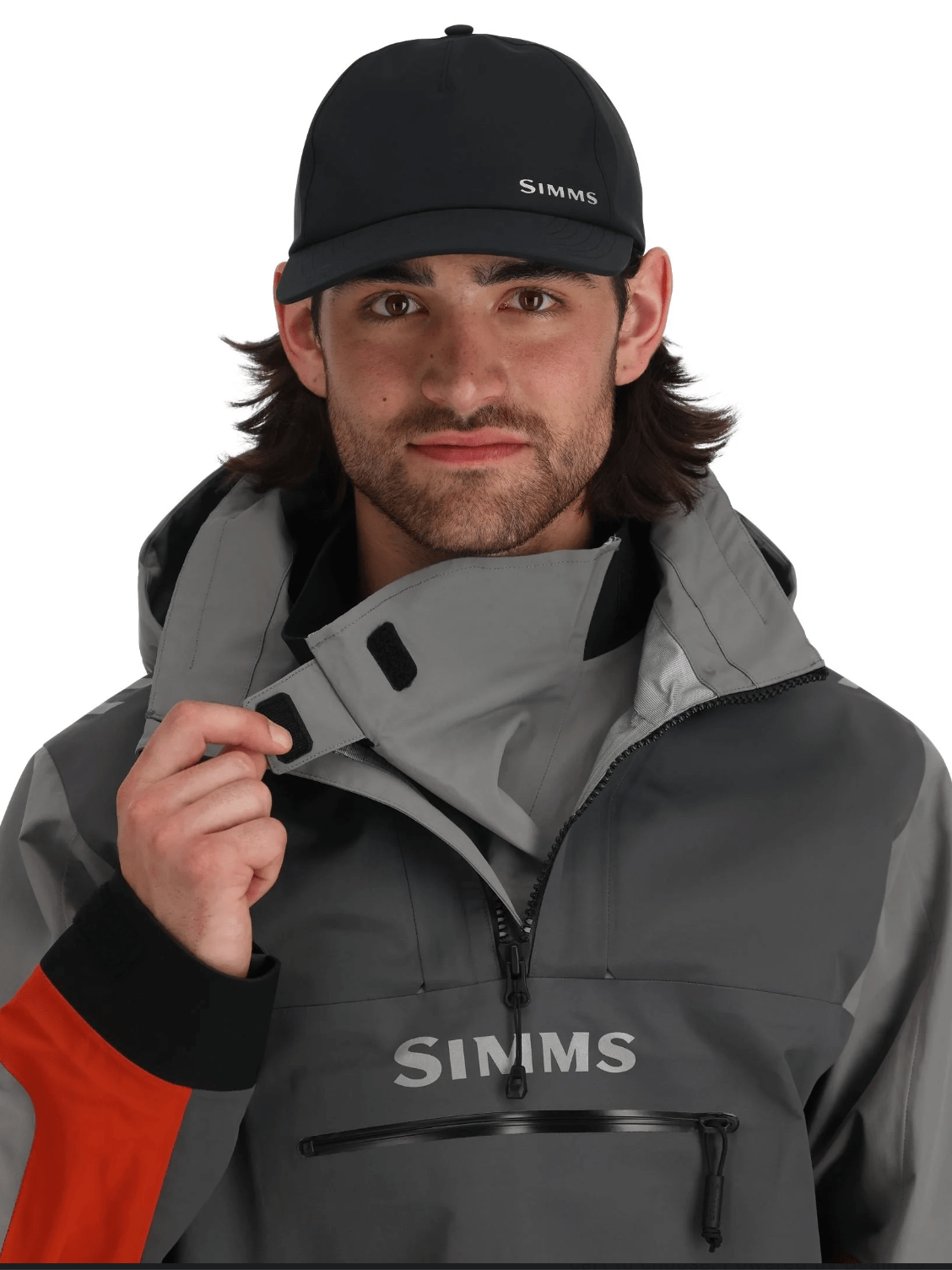

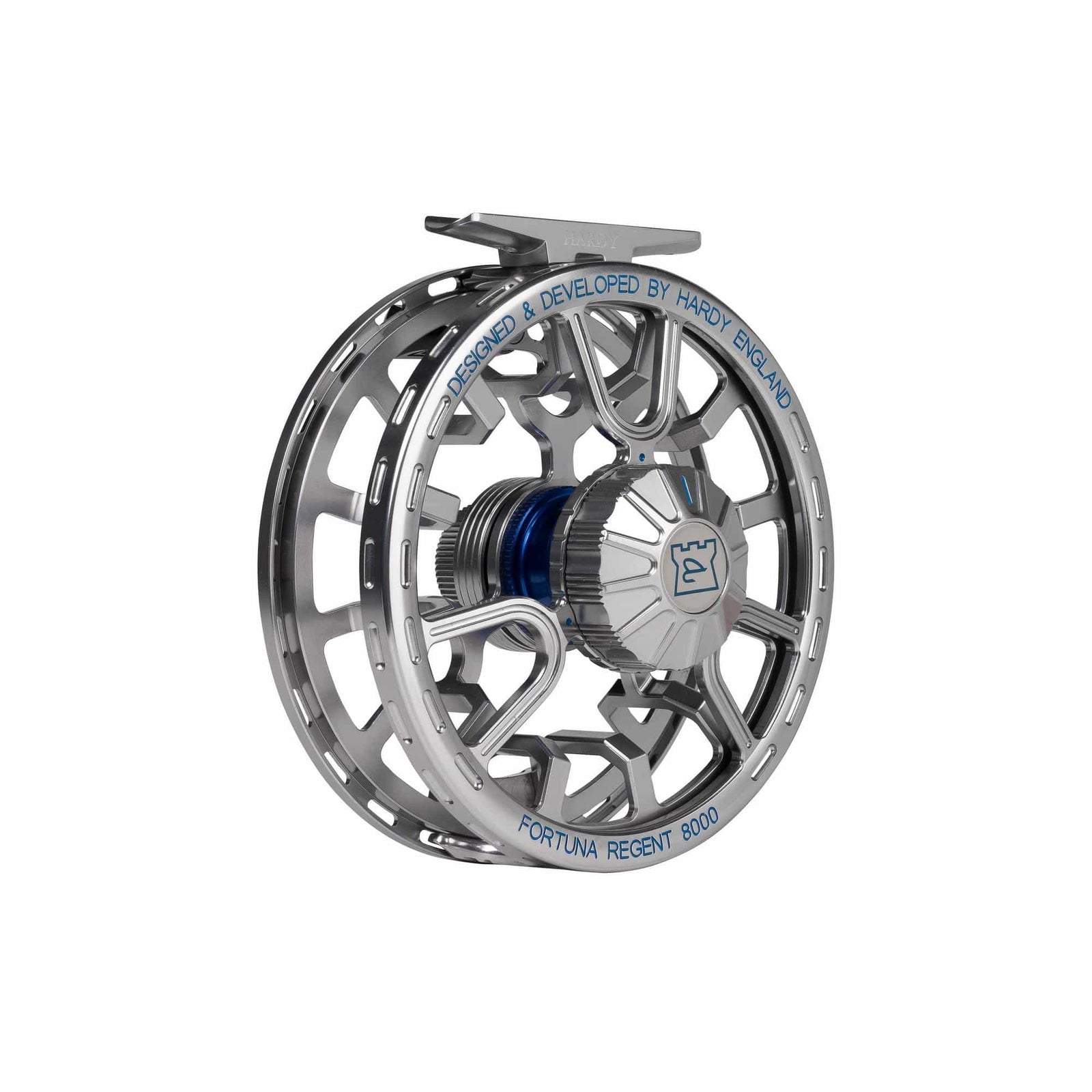
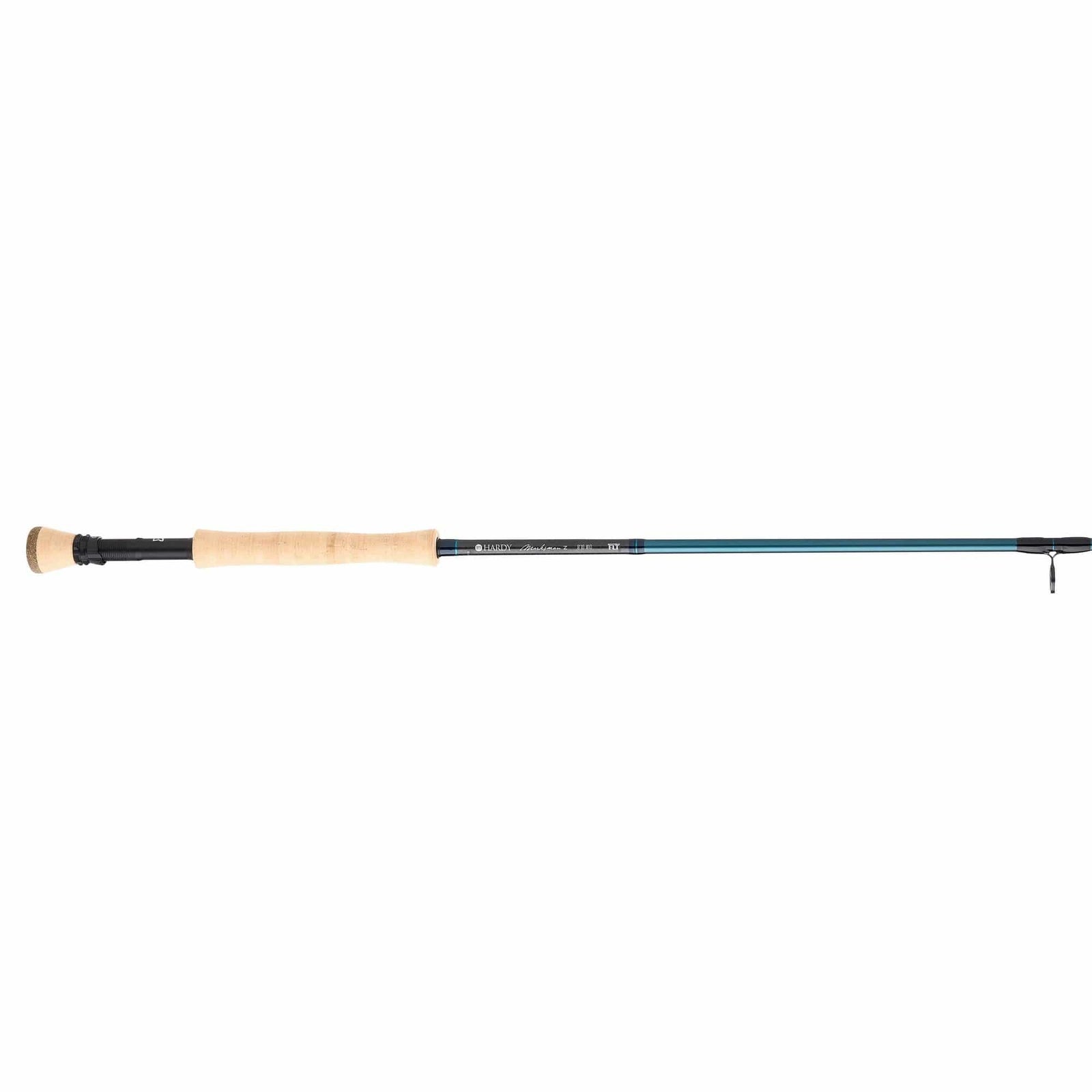
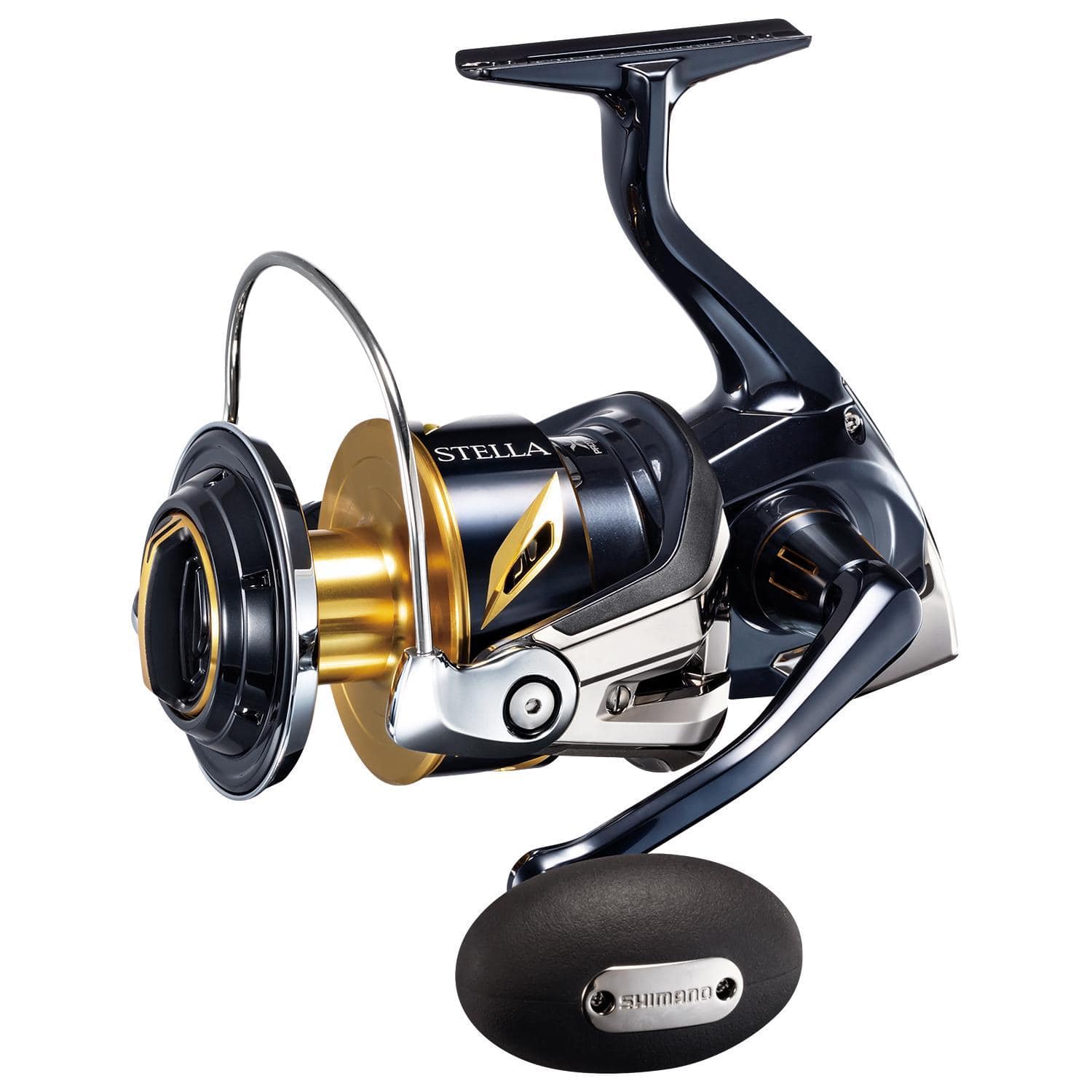
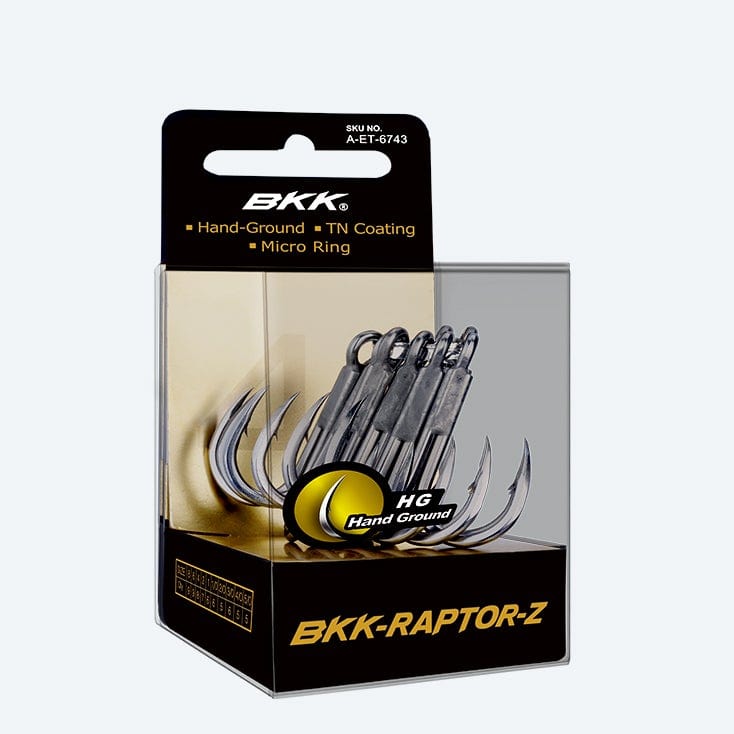

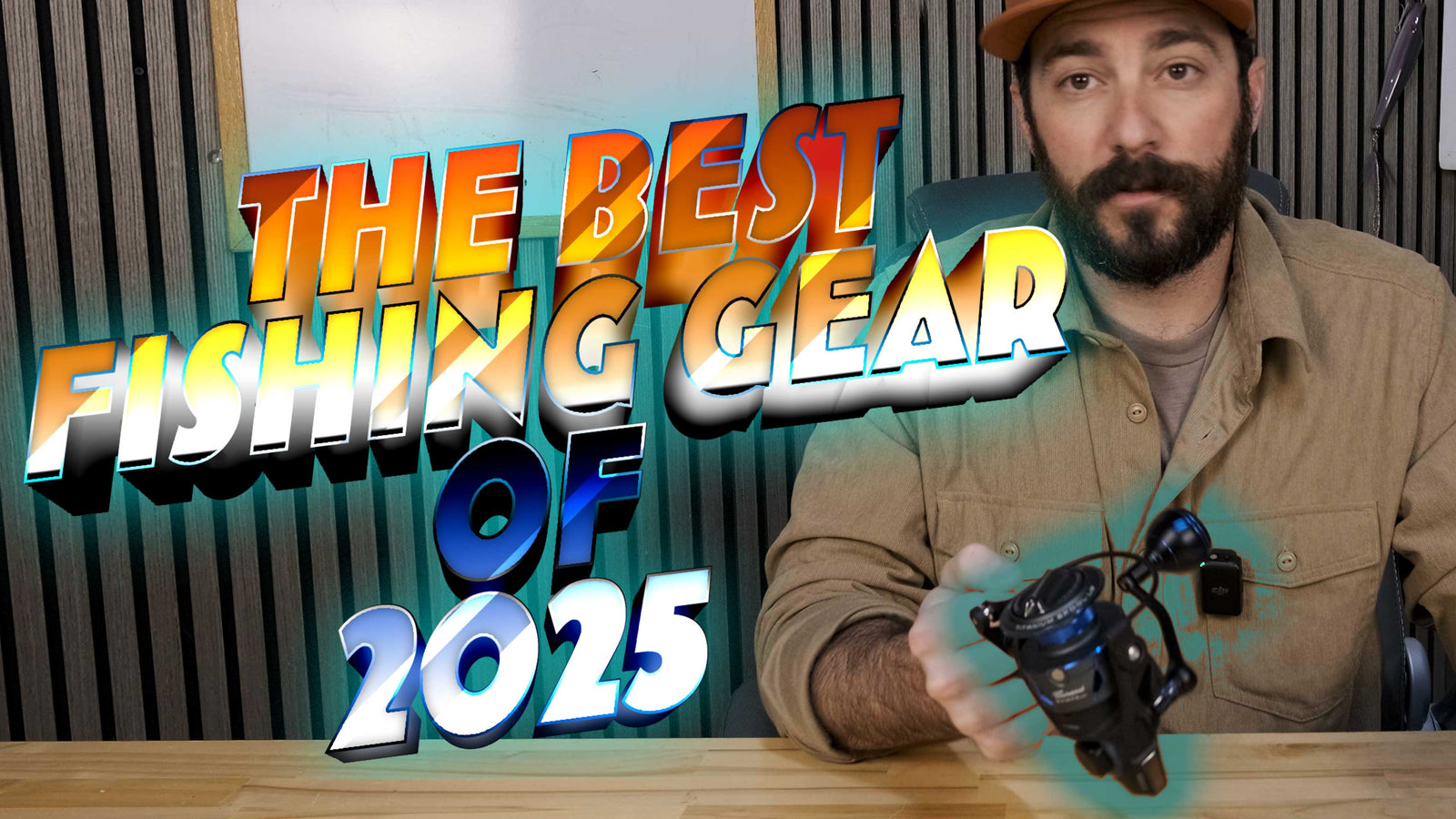

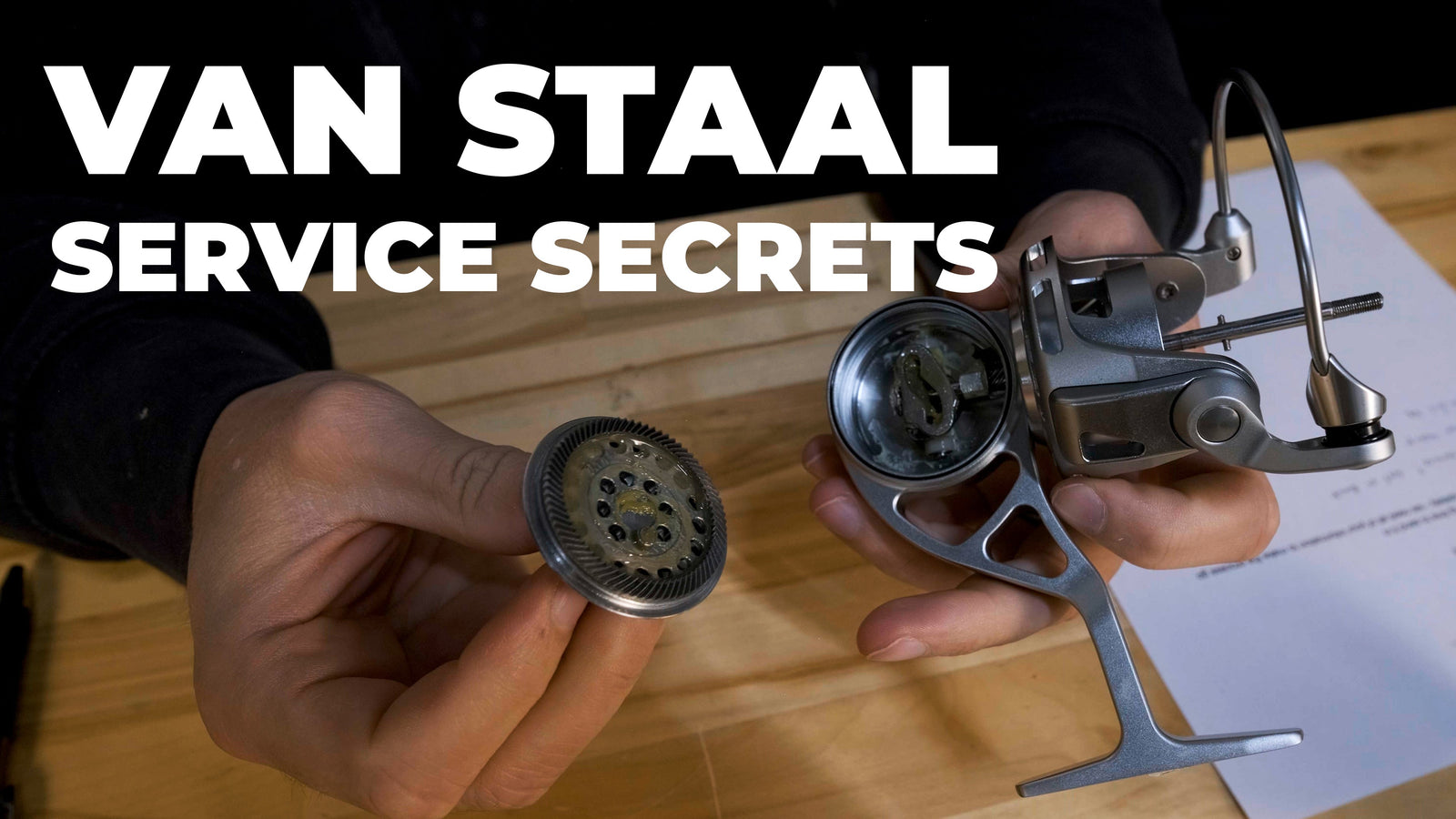
David Morton
September 04, 2024
Wow ! Exactly what I was looking for . New to the salt fly fishing scene and always wondered about weights and fly lines . Article answered all my questions . Thank you